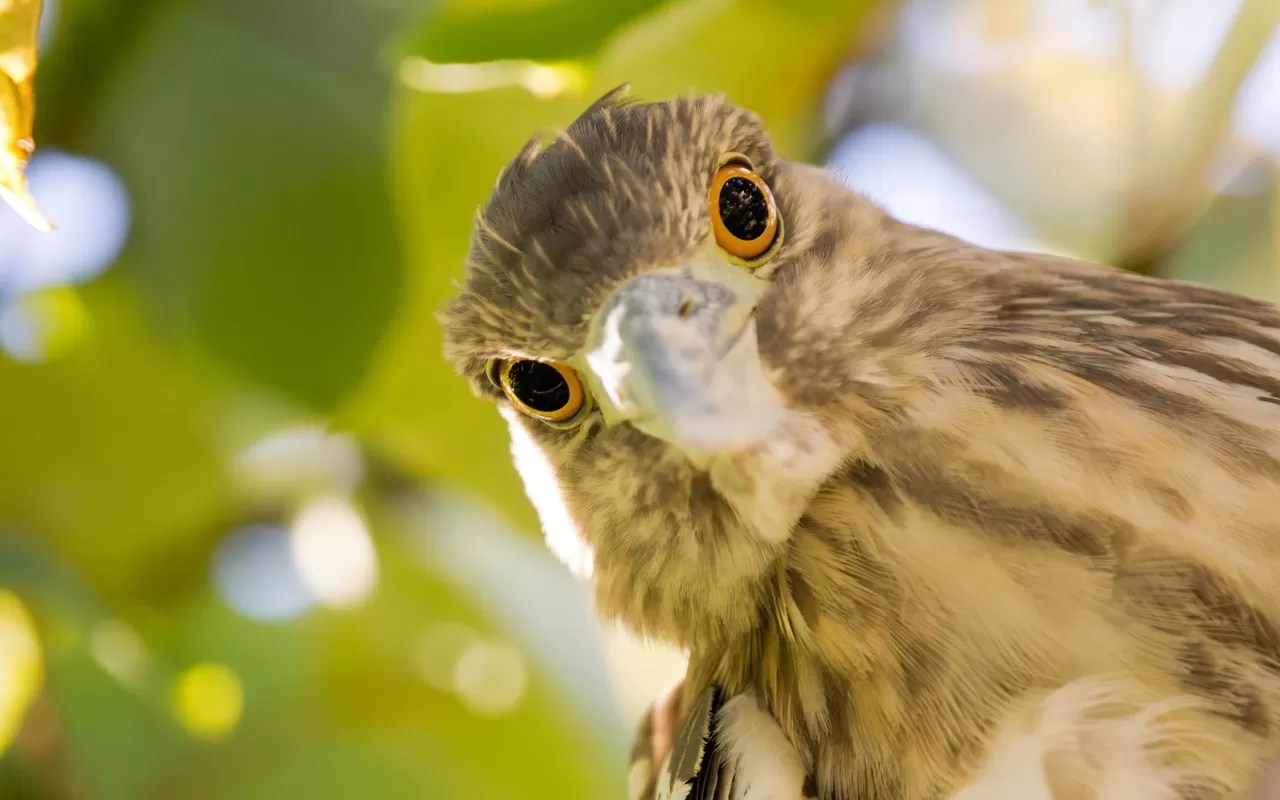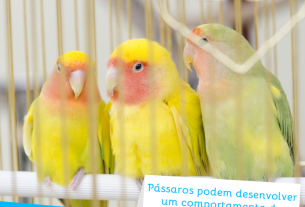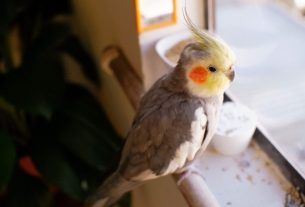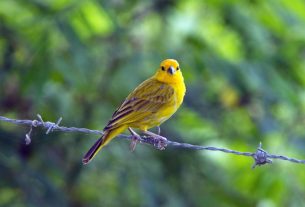Birds are incredible animals that generate a lot of curiosity due to their habits and anatomy. Have you ever stopped to think about how a bird can see the world with one eye on each side of its head? Or how do they distinguish their partners and prey?
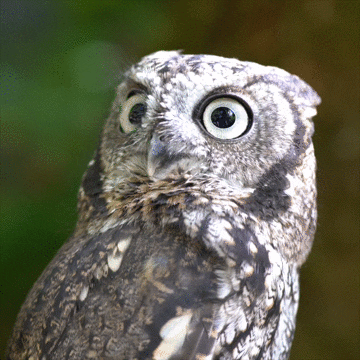
Scientists asked the same questions and got many answers, and they are what we will bring here for you!
But after all, how do birds see the world?
The first information to be highlighted is that not all birds have eyes on each side of the head like Pigeons and Parrots. Owls, for example, have eyes at the front of their heads, very similar to the human structure.
Even with the difference in eye positioning, it is a fact that all birds can see what is in front of them. However, this does not mean that everyone sees things the same way.
The location of a bird’s eyes defines its field of vision. Birds that have one eye on each side of the head will have a wider view, with an angle of around 300°. Birds with their eyes together at the front of their heads will have a viewing angle of around 150°.
This difference between eye locations decides how a bird sees its surroundings, and this is defined by monocular and binocular vision.
- Monocular vision: it means that each eye is focused on a different object at any specific time, and this is normal for parrots and pigeons;
- Binocular vision: it means that both eyes focus on the same object at the same time and the eye movement is coordinated – this is the type of vision in which predatory birds such as owls.
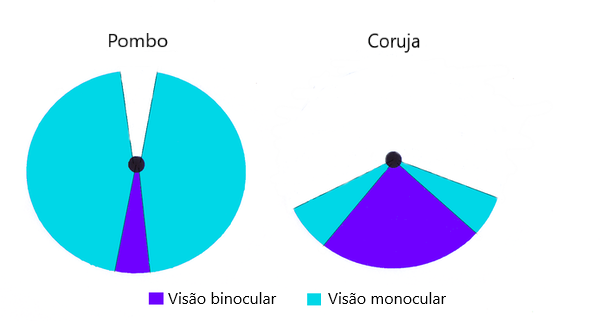
For parrots and pigeons, having eyes on the sides of their heads is a huge advantage. Having a wide field of vision makes it easier to see where they are going, as well as keep an eye on predators that may be trying to sneak up on them.
For predators like owls, having their eyes facing forward helps them see depth and distance much more clearly, as both eyes can focus on the same object at the same time. This is perfect for detecting and capturing small prey.
Do they see colors like us humans?
No, their color spectrum is much wider.
Birds are tetrachromats, they see four colors: UV, blue, green and red, while humans are trichromats and can only see three colors: blue, green and red.
In 2007, scientists used a spectrophotometer (an instrument for measuring and comparing the amount of light absorbed, transmitted or reflected) to analyze the colors of 166 species of North American birds that did not show an apparent physical difference between the sexes. And the result is quite impressive.
To the naked eye, in 92% of bird species, males and females appear identical.
However, the study showed that these birds have colors that are simply undetectable to our eyes, and even in some species, certain parts of the body reflect UV, and through this they are able to differentiate their genders.
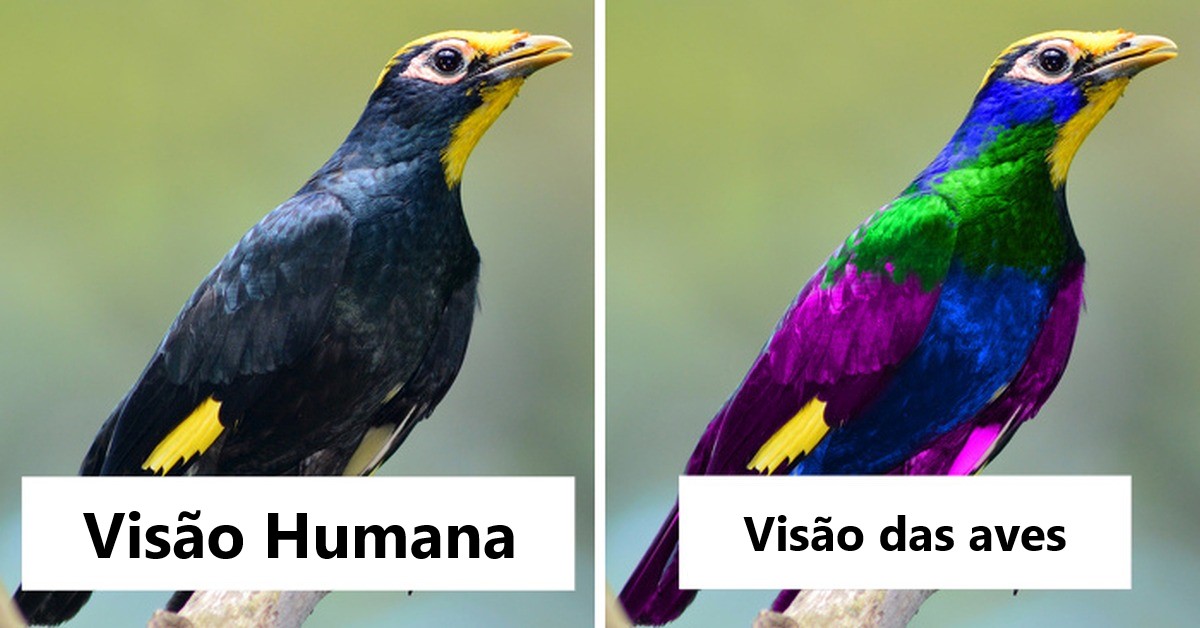
This ability to see UV brings a series of benefits to birds, as well as answers countless questions from biologists. In addition to identifying their partners, birds use their “super vision” to find food and even know which chick needs more food than another.
Nature is indeed surprising and extremely evolved!
Did you like the information in this post? Tell us in the comments!

Sign up for our newsletter and stay up to date with exclusive news
that can transform your routine!
Warning: Undefined array key "title" in /home/storelat/public_html/wp-content/plugins/link-whisper-premium/templates/frontend/related-posts.php on line 12
Warning: Undefined array key "title_tag" in /home/storelat/public_html/wp-content/plugins/link-whisper-premium/templates/frontend/related-posts.php on line 13

